Tu carrito está vacío
Envío gratis a partir de $150 (No incluye productos de gran tamaño)
Envío gratis a partir de $150 (No incluye productos de gran tamaño)
Bandas de lijado
Discos de lijado

Maple Vs Oak: Which Is Better For Woodworking?
por David Kranker 10 lectura mínima

Quick Summary
Maple and oak are two popular hardwoods in woodworking. Maple, with its tight grain and light color, provides a smooth, modern finish, making it ideal for furniture and cabinetry, though its density can be challenging to work with. Oak, known for its prominent grain and durability, is perfect for traditional or rustic projects, such as flooring and cabinetry, and is more forgiving when cutting and shaping. Both woods benefit from the use of aluminum oxide abrasives, which offer durability, versatility, and heat resistance for a consistent finish. When choosing between maple and oak, consider the needs of your project, including the desired appearance, ease of work, and durability requirements.
Maple and oak are both popular options for woodworking projects because of their beauty, durability, and ease of use. However, they aren’t identical, and their different properties might make one more appropriate for a particular job than the other.
While both of these hardwoods offer distinct advantages, the main difference between maple and oak comes down to their hardness, grain patterns, and ease of finishing. Whether you're building furniture, cabinetry, or flooring, knowing the characteristics of each wood can help you decide which is the better fit for your project. In this blog, the team at Red Label Abrasives outlines their respective properties, ideal projects for each time, and which abrasives yield the best results.
The Characteristics of Maple
Maple wood is renowned for its smooth, consistent grain and light color, which ranges from creamy white to light reddish-brown. There are two primary types of maple used in woodworking: hard maple (Acer saccharum) and soft maple (Acer rubrum).
Hard Maple
Hard maple is the more durable and dense of the two, making it a popular choice for projects that require a tough, wear-resistant material. This type of maple is frequently used in flooring, cabinetry, and furniture that needs to stand the test of time. It's also favored for cutting boards and butcher blocks because its tight grain structure makes it more resistant to knife marks and less prone to harboring bacteria. The durability of hard maple also means that it can be finished to a high polish, giving your projects a sleek, modern look.
Soft Maple
Soft maple, while not as hard as its counterpart, is still a strong and versatile wood. It’s often used for furniture, moldings, and paneling projects where weight is a consideration. Soft maple is generally easier to work with than hard maple, which makes it a great choice for projects that require intricate designs or a high degree of customization. You can also stain this type of maple to achieve a variety of finishes, depending on the look you want.
Why Use Maple?
One of maple’s most appealing qualities is its smooth surface, which results from its tight grain pattern. This makes it an excellent choice if you’re aiming for a project with a flawless, modern finish. However, this same density that gives maple its smoothness can also make it challenging to work with:
- It tends to dull blades quickly, so you’ll need to ensure that your tools are sharp and well-maintained.
- Because of its hardness, cutting and shaping maple requires more effort and precision, which can add to the overall time needed to complete your project.
Despite these minor challenges, maple is a firm favorite because you have so many appealing options for finishing it. Maple can be left natural to highlight its clean, contemporary appearance or stained to mimic other woods, such as cherry or walnut. This flexibility makes maple a favorite among woodworkers who want to achieve a high-end look without the high-end price.
Pro Tip: Staining maple can be tricky due to its density, which can cause uneven absorption of the stain and lead to blotching. To avoid this, it’s often recommended to use a pre-stain conditioner or opt for a clear finish that enhances the wood's natural beauty.
The Characteristics of Oak
A classic choice in woodworking, oak is prized for its strength, durability, and distinctive grain pattern. Like maple, oak comes in two main varieties: red oak (Quercus rubra) and white oak (Quercus alba).
Red Oak
Red oak is slightly softer than white oak and known for its warm, reddish hue. It has an open grain structure, which gives it a textured appearance and makes it more porous. This quality allows red oak to absorb stains and finishes well, making it ideal for projects where a rich, deep color is desired. Red oak is commonly used in flooring, furniture, and cabinetry, and its affordability makes it a popular choice for large-scale projects.
White Oak
White oak, which has a more muted, brownish-gray color, is harder and more durable than red oak. Its grain is less porous than red oak’s, making it more resistant to moisture and decay. This makes white oak an excellent choice for outdoor furniture, boatbuilding, and any project where the wood will be exposed to the elements. White oak is also commonly used for whiskey barrels because its tight grain prevents liquid from seeping through while still allowing the wood to impart its flavor to the contents.
Why Use Oak?
One of the standout features of oak is its prominent grain pattern. This can be an advantage or challenge, depending on the look you're aiming for. On one hand, its bold, textured appearance makes it a great choice for rustic or traditional styles. On the other hand, the open pores can sometimes make it difficult to achieve a smooth, even finish, as the grain may require filling before applying a topcoat. Despite this, many woodworkers appreciate the natural beauty that oak's grain brings to their projects.
Another key advantage of oak is its workability. Unlike maple, oak is more forgiving when it comes to cutting and shaping. It’s less prone to chipping and splintering, which makes it easier to achieve clean cuts and precise joints. This makes oak a good choice for woodworkers of all skill levels, especially if you’re working with hand tools. Oak's relative softness compared to maple means that it won’t wear down your tools as quickly, allowing you to complete your projects more efficiently.
Comparing Maple and Oak for Different Projects
When choosing between maple and oak, it's important to consider the nature of your project. Each wood has its strengths and weaknesses, and understanding these can help you make the best choice for your work.
1. Furniture Making
- Maple: The smooth grain and light color of maple wood make it ideal for contemporary designs. Its hardness ensures that your furniture will be durable and resistant to wear and tear, making it suitable for everyday use. However, because maple is more difficult to work with, you may need to invest extra time and effort to achieve the desired results. For example, when building a dining table, the density can make it harder to create clean, sharp edges, so you’ll need to take your time when cutting and sanding.
- Oak: For those who prefer a more traditional or rustic look, oak is the go-to wood. Its strength and durability make it perfect for heirloom-quality pieces that can be passed down through generations. Whether you’re building a classic bookshelf or a sturdy dining room table, oak will provide the timeless appeal you’re looking for. Because oak is easier to work with, it’s a great choice if you’re new to woodworking or working on a project with complex joints and angles.
2. Cabinetry
- Maple: The smooth grain and light color of maple make it a popular choice for cabinetry, especially in kitchens and bathrooms. Maple cabinets can be easily painted or stained to match any décor, giving you a wide range of design options. However, its density can make it more challenging to cut and join, so make sure that your tools are sharp and in good condition. Because maple tends to absorb stains unevenly, it’s also important to use a pre-stain conditioner or opt for a clear finish to achieve the best results.
- Oak: The bold grain pattern of oak adds character and depth to cabinets, making them a focal point in any room. Oak cabinets are especially popular in more traditional or rustic-style kitchens, where their warm, rich color can complement other natural materials like stone or brick. Because oak is easier to work with than maple, it’s also a great choice for custom cabinetry projects where precision and detail are key.
3. Flooring
- Maple: Maple floors are resistant to scratches, dents, and wear, making them a great option for high-traffic areas like hallways, living rooms, and kitchens. The light color also helps to brighten up spaces, giving them a more open and airy feel. However, the density of maple can make installation more labor-intensive, as it requires more effort to cut and fit the boards. Maple’s tight grain makes it more challenging to stain evenly, so many homeowners choose to leave it natural or use a light finish.
- Oak: Oak floors have a warm, inviting look that can add a sense of comfort and tradition to any space. The open grain of oak allows it to take on a variety of stains, giving you more flexibility in matching your flooring to your home’s décor. Whether you prefer a light, natural finish or a dark, rich stain, oak can be customized to suit your style. Because oak is easier to cut and install, it’s often the preferred choice for DIY flooring projects.
4. Cutting Boards and Butcher Blocks
- Maple: Hard maple is the top choice for cutting boards and butcher blocks due to its density and tight grain structure. These qualities make maple highly resistant to knife marks and less likely to harbor bacteria, making it a more sanitary option for food preparation. Maple cutting boards are also durable enough to withstand daily use without showing signs of wear.
- Oak: While oak can be used for cutting boards and butcher blocks, it’s generally less ideal due to its open grain. The porous nature of oak means that it’s more likely to absorb liquids and bacteria, making it less hygienic for food preparation. However, if you’re set on using it, be sure to fill the pores and apply a good sealant to protect the wood and make it easier to clean.
The Best Abrasive Grains for Maple and Oak
Once you’ve chosen your wood, the next step is to sand and finish it to perfection. Aluminum oxide is one of the best abrasive grains for woodworking. It’s tough, durable, and provides a consistent finish, making it ideal for both maple and oak. Here’s why:
- Durability: Aluminum oxide is a hard, long-lasting abrasive that can handle the density of maple and the hardness of oak. This means you won’t have to constantly switch out your sandpaper or sanding discs, saving you time and money.
- Versatility: Whether you’re working with power tools or hand sanding, aluminum oxide abrasives can do it all. They’re available in a wide range of grits, allowing you to move from rough sanding to fine finishing with ease. For maple and oak, start with a coarser grit (like 80 or 100) to remove any rough spots or mill marks. Then, gradually move to finer grits (like 150 or 220) to smooth the surface and prepare it for finishing.
- Consistency: Aluminum oxide abrasives wear down gradually, providing a consistent cut throughout their lifespan. This ensures that your wood surface remains even and smooth, without the risk of gouges or uneven spots. Consistency is key when working with hardwoods, as even the smallest imperfection can stand out once the finish is applied.
- Heat Resistance: When sanding dense woods like maple, heat can build up quickly, leading to burns or discoloration. Aluminum oxide abrasives are designed to resist heat buildup, helping you achieve a clean finish without damaging the wood. This is especially important when working with lighter woods like maple, where any discoloration can be more noticeable.
Pro Tip: In addition to aluminum oxide, consider using silicon carbide abrasives for the final stages of finishing. Silicon carbide is even harder than aluminum oxide and can provide an ultra-smooth finish on both maple and oak. This abrasive is particularly useful when working with fine details or achieving a high-gloss finish.
Tips for Working with Maple and Oak
To get the best results from your woodworking project, keep these tips in mind:
- Sharp Tools Are a Must: Both maple and oak are hardwoods, so keeping your tools sharp is crucial for clean cuts and smooth edges. Dull tools can cause chipping, splintering, and uneven cuts, especially in dense maple. Invest in high-quality blades and regularly sharpen them to ensure that your tools are always ready to perform.
- Test Your Stain or Finish: Maple can be tricky to stain due to its density, which may lead to blotching. Always test your stain on a scrap piece of wood before applying it to your project. Oak, with its open grain, tends to stain more evenly, but it’s still a good idea to test first. If you’re working with a new type of finish or stain, it’s always better to do a small test to ensure that you’re happy with the result before committing to the entire project.
- Consider the Environment: Oak is more resistant to moisture, making it a better choice for outdoor projects or areas with high humidity. Maple, while durable, is more susceptible to moisture damage, so it’s best used indoors. If you’re working on an outdoor project, be sure to choose a wood that can withstand the elements, or apply a protective finish to help extend its lifespan.
- Patience Pays Off: When working with hardwoods like maple and oak, patience is key. Take your time during each step, from cutting and sanding to staining and finishing. Rushing through the work can lead to mistakes that are difficult to fix later. If you’re working with a particularly dense piece of maple, for example, it may take longer to sand and shape, but the end result will be worth the extra effort.
- Match the Wood to the Project: Consider the needs of your project when choosing between maple and oak. If you’re building a piece of furniture that needs to be both durable and visually appealing, maple may be the better choice. If you’re working on a project that requires a more traditional look with rich color and texture, oak may be the way to go.
Achieve Excellence in Your Woodworking Projects With Red Label Abrasives
In the debate between maple and oak, there’s no clear winner—it all depends on your project. Maple offers a sleek, modern appearance with a smooth finish, making it ideal for furniture, cabinetry, and cutting boards. However, its density can make it challenging to work with. Oak, on the other hand, provides a classic, textured look with excellent durability, perfect for flooring, cabinetry, and furniture. It’s also easier to work with, particularly for those who are less experienced or working with hand tools.
No matter which wood you choose, having the right tools and abrasives is essential for achieving a professional finish. Red Label Abrasives offers a wide range of high-quality aluminum oxide sanding sheets, sanding belts, and sanding discs that are perfect for working with both maple and oak. If you’re ready to take your woodworking to the next level, or if you have any questions about choosing the right abrasives for your project, please contact us by calling 844-824-1956 or filling out our contact form today.Ver artículo completo

Cómo darle un acabado brillante a los muebles
por David Kranker 3 lectura mínima
Ver artículo completo ABOUT THE AUTHOR
David Kranker is a writer and creative maker who has been covering the abrasive and woodworking industries on the Red Label Abrasives Blog since 2020. David spends his time continually researching sanding and woodworking to provide readers with the latest and greatest information. In his free time, David utilizes abrasives for many different home and auto projects at his home in Delton, MI.
Our Most Popular Abrasives For Woodworkers
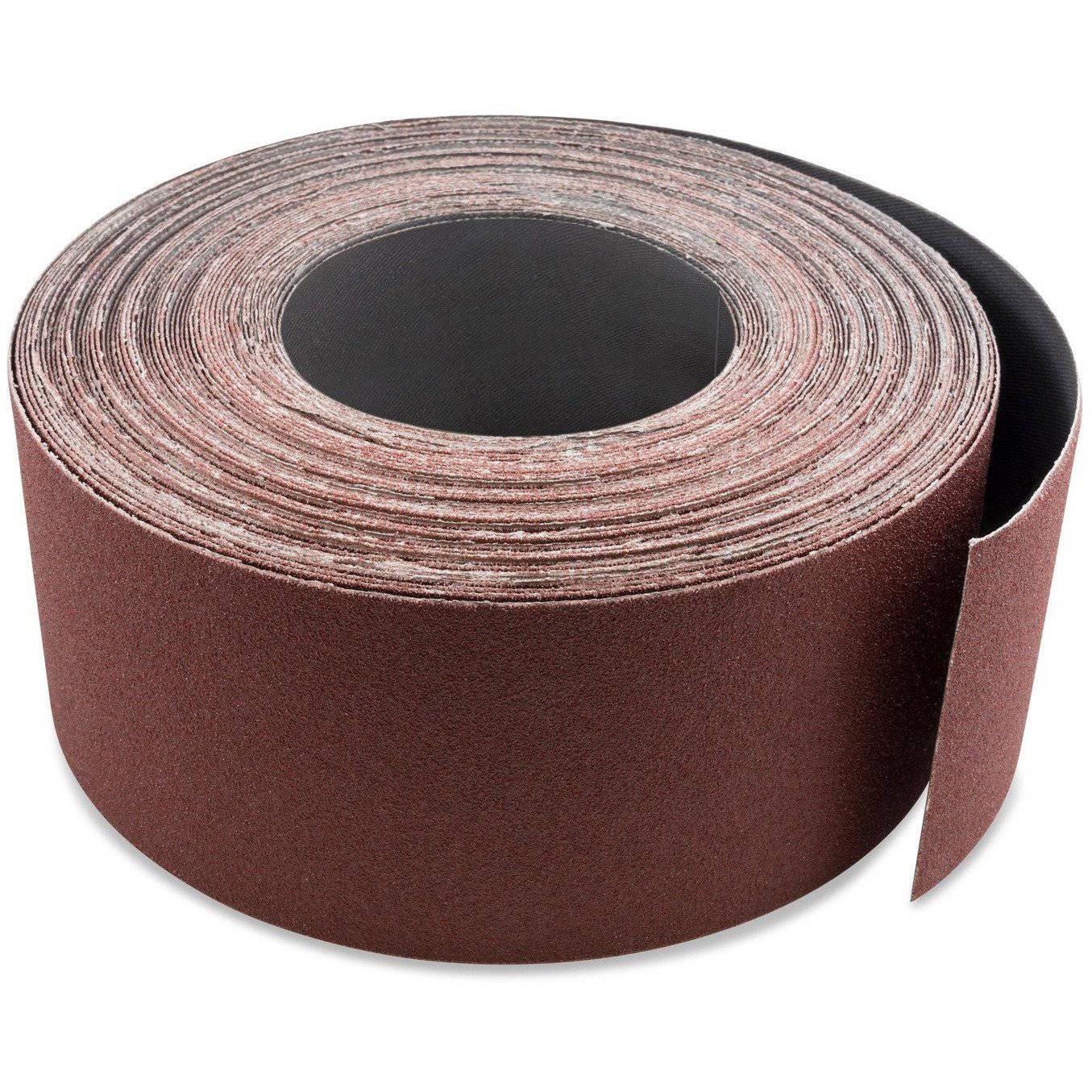
3 inch X 70 FT Woodworking Aluminum Oxide Cloth Drum Sander Strip Roll
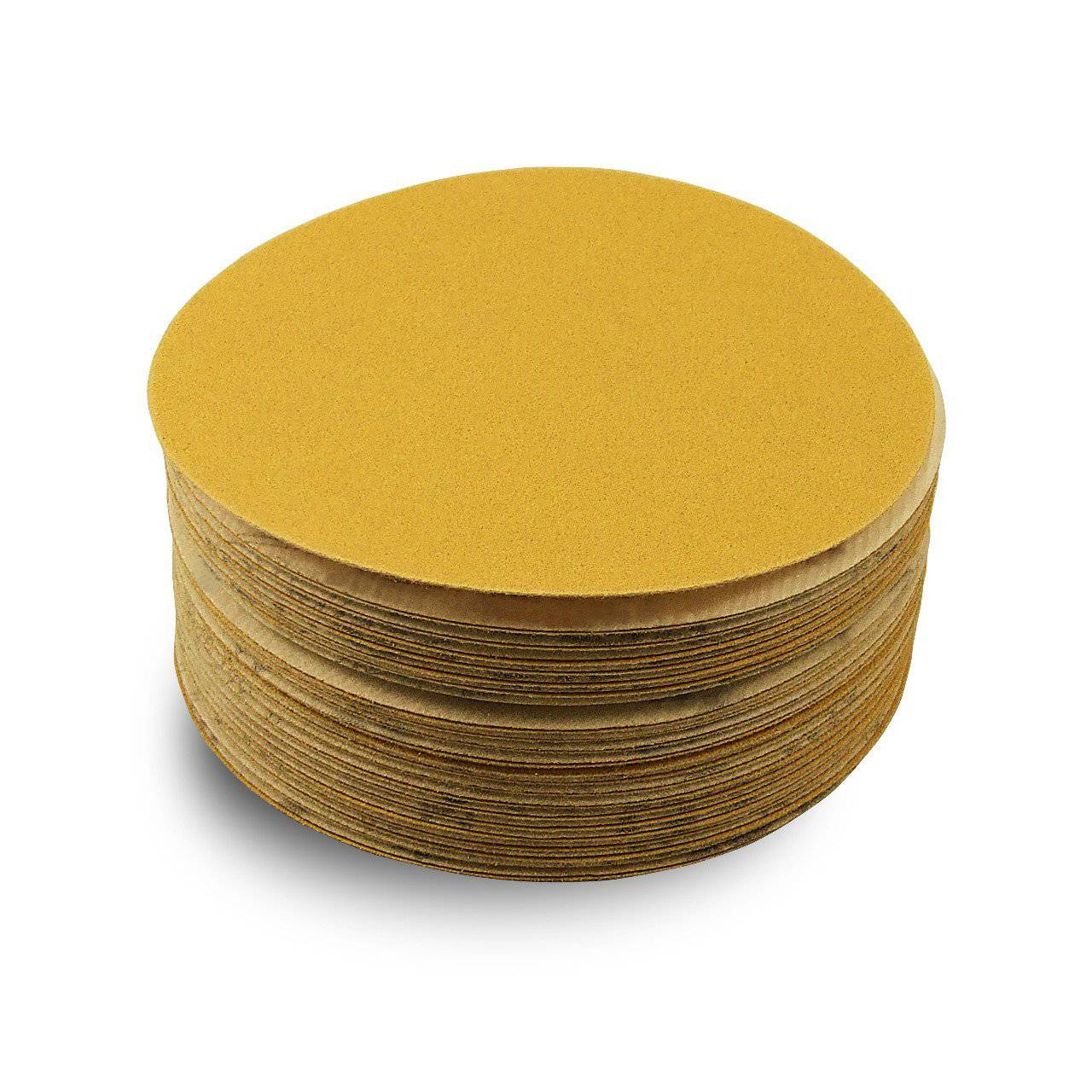
5 Inch Hook and Loop Gold Sanding Discs, 50 Pack
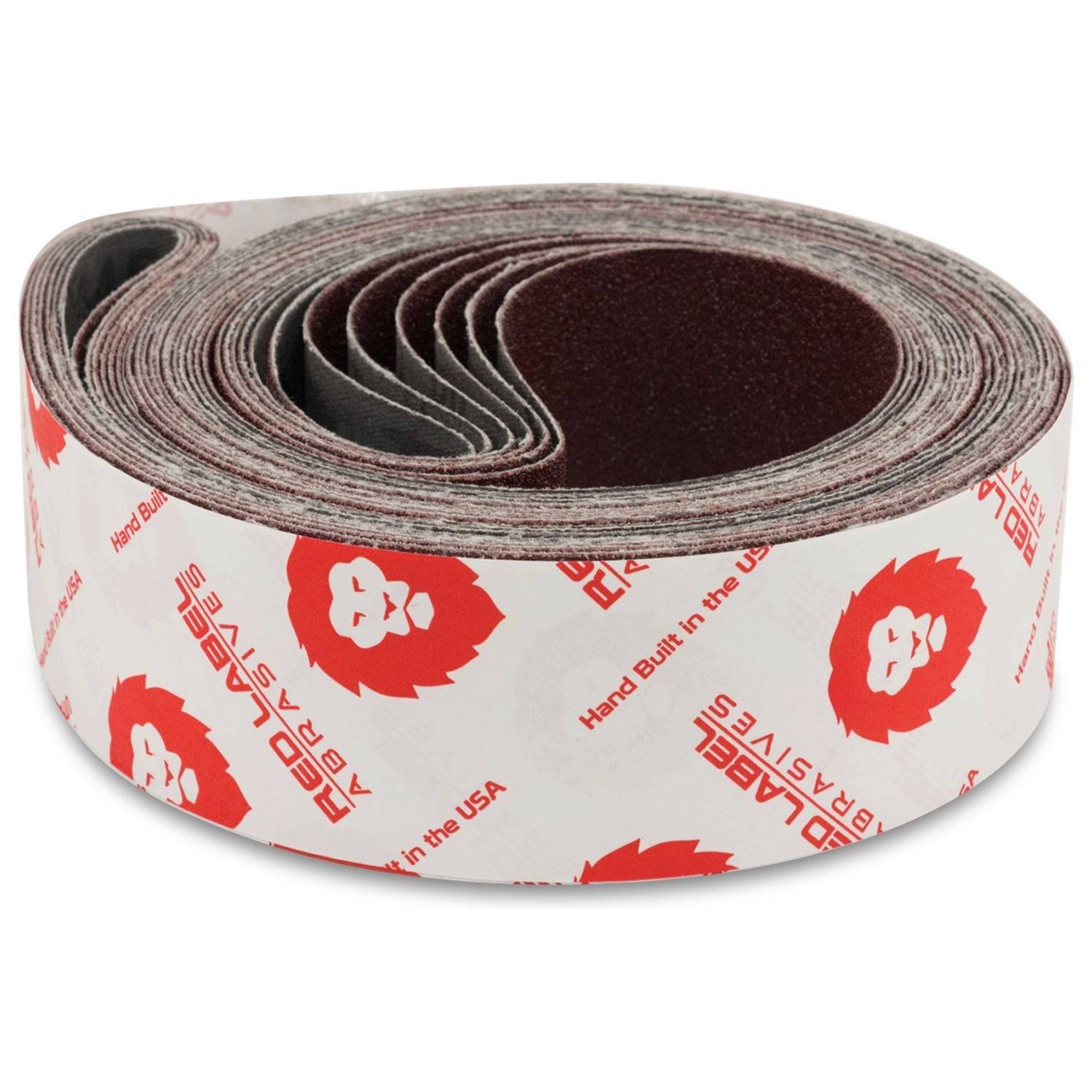
2 X 72 Inch Multipurpose Sanding Belts, 6 Pack
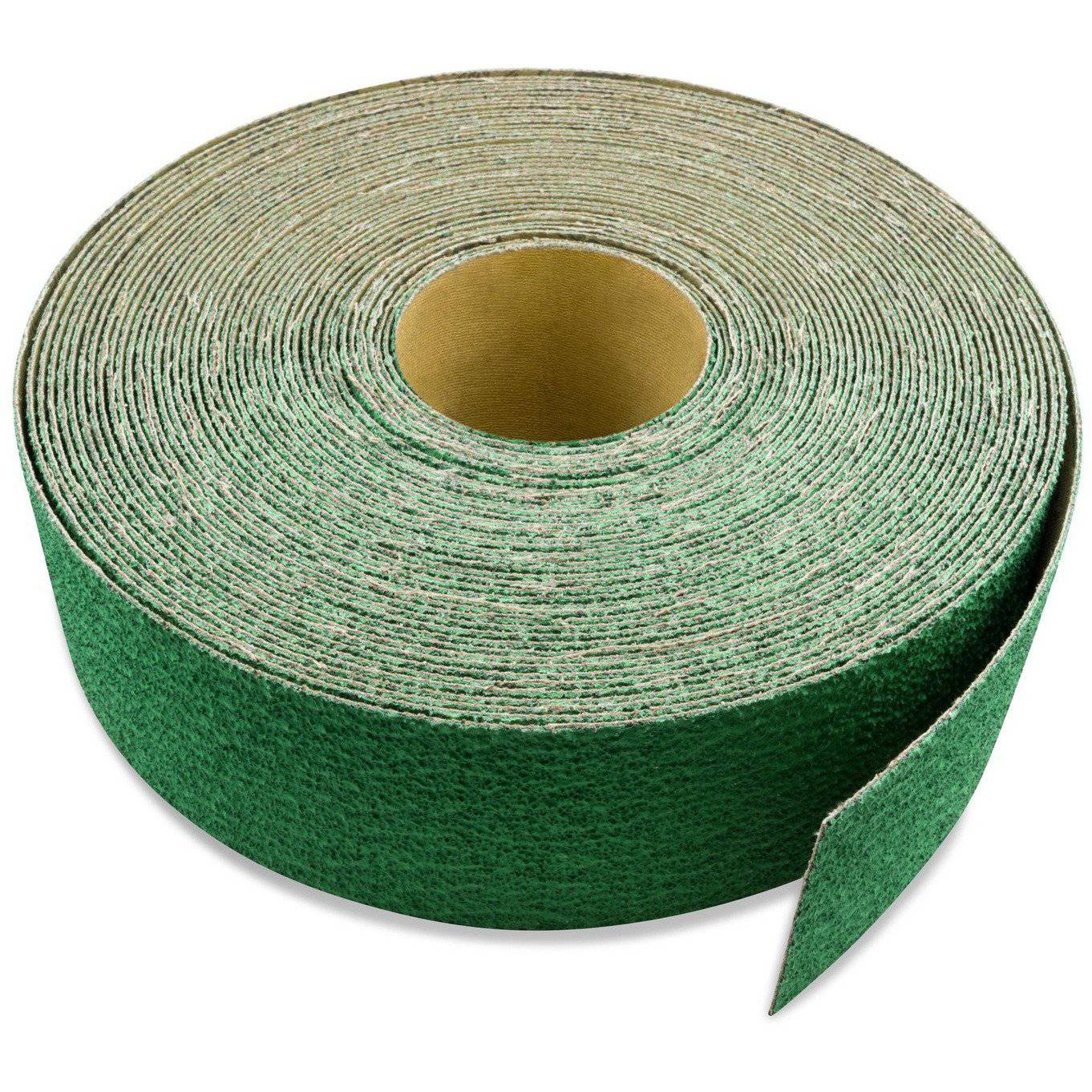
3 inch X 70 FT Premium Zirconia Woodworking Drum Sander Roll
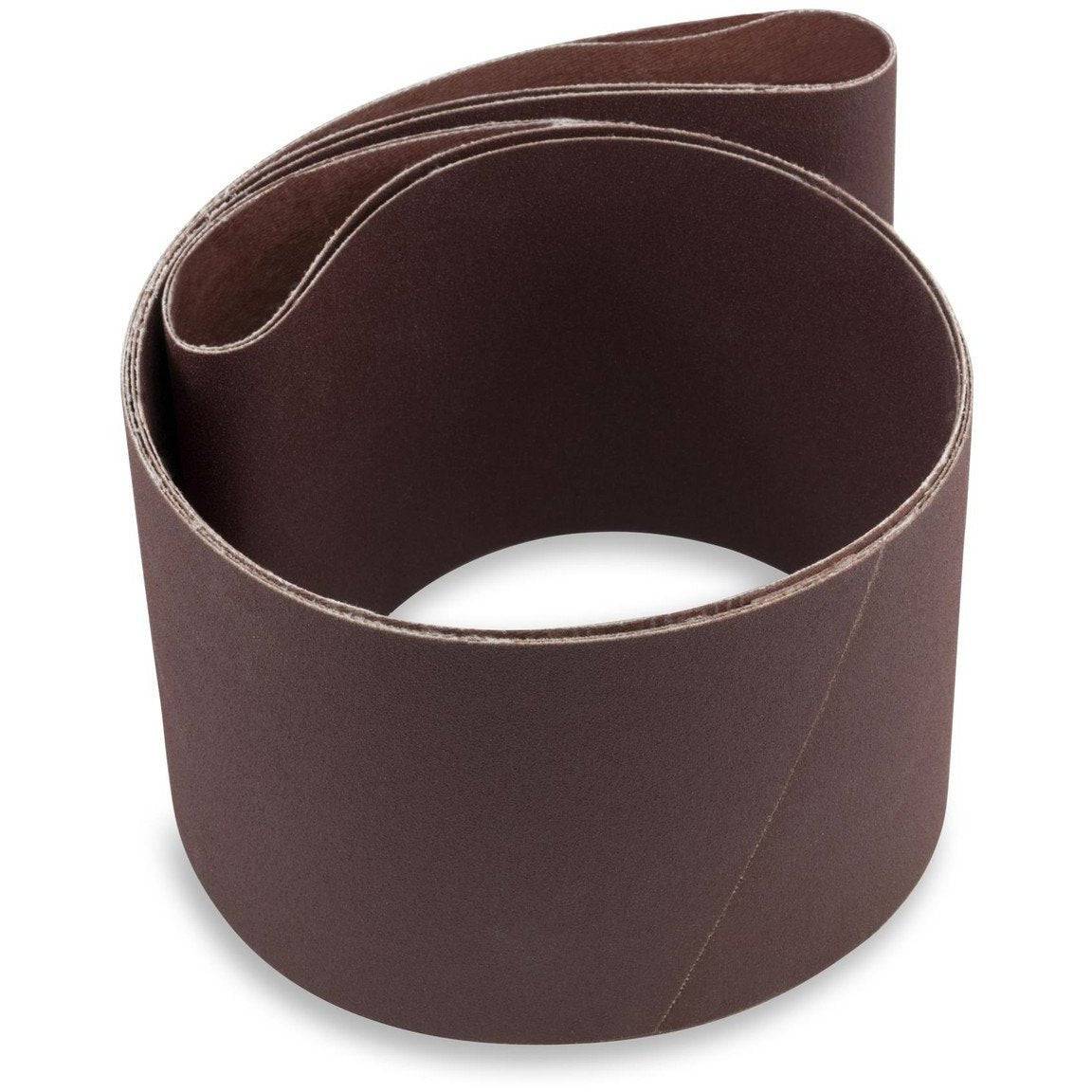
6 X 48 Inch Aluminum Oxide Wood & Non-Ferrous Sanding Belts, 2 Pack
Shop By Product Category





Why Choose Red Label?






